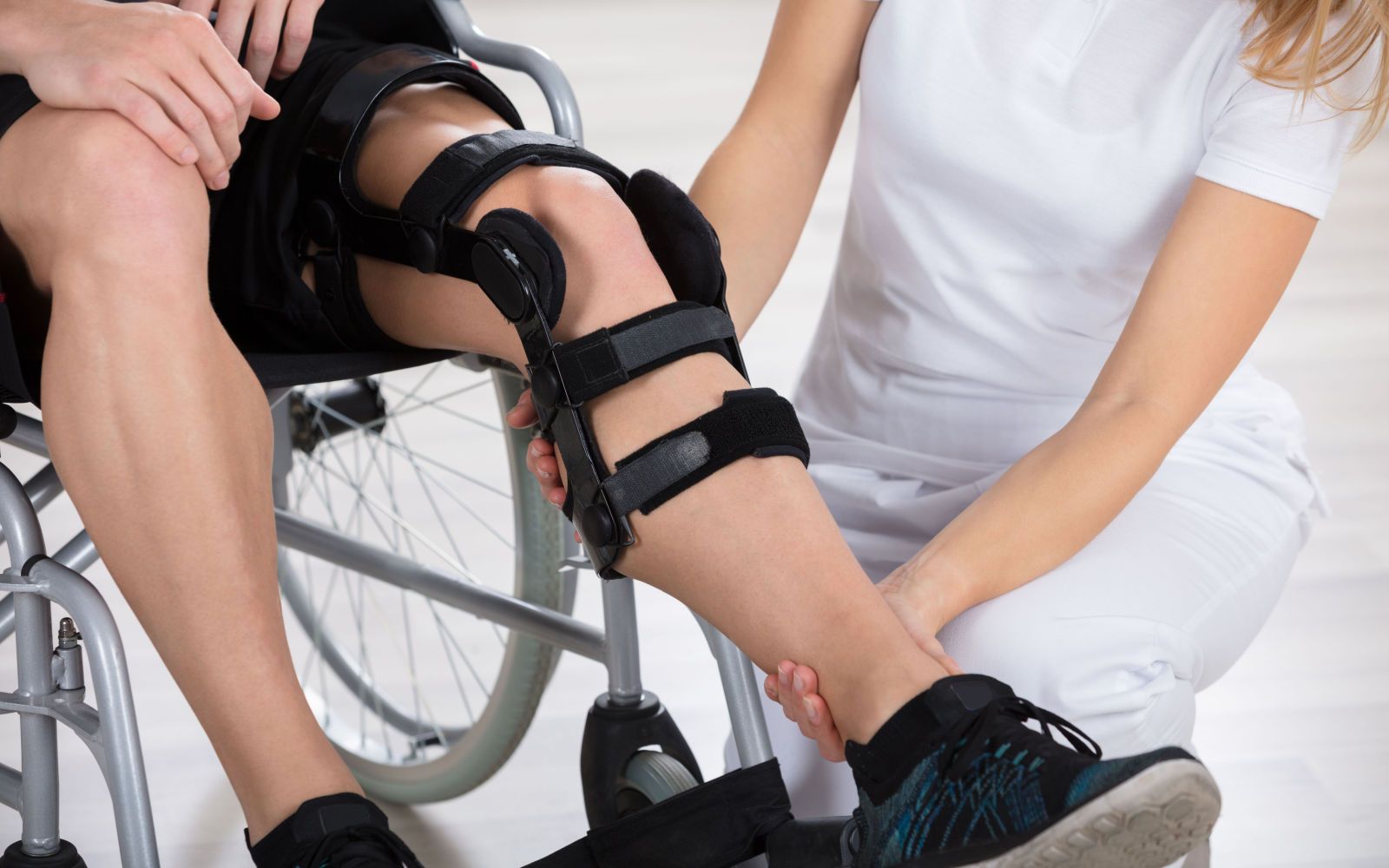Persistent pain is a major concern that frequently follows sports traumas, impacting numerous sportspeople and active persons. When someone experiences a sports injury, such as a sprain, muscle tear, or fracture, the immediate reaction usually involves pain and inflammation. However, for some people, this pain does not go away after the damage recovers. Instead, they may persistently experience pain well beyond the original trauma. This persistent pain is known as long-term discomfort, and it can be difficult to treat. Understanding the complexities of chronic pain is vital for both athletes and medical professionals to ensure effective recovery.
One reason chronic pain can emerge after a sports injury is due to the body's response to injury. When tissues are damaged, the body sends out signals to alert us of the damage. This mechanism includes inflammation, which is part of the healing process. However, in some cases, this inflammatory response can become exaggerated or prolonged, leading to ongoing discomfort even when the damage has resolved. Additionally, mental health aspects like anxiety and depression can contribute to how individuals perceive pain. Sports participants may feel anxious about returning to their sport, which can influence their perception of discomfort.

Persistent discomfort can seriously impact an athlete’s recovery process. It can affect their capacity to practice and compete at their usual standards. Sportspeople may find themselves unable to participate in practices or competitions due to fear of worsening their injury. This circumstance can lead to feelings of discouragement and social withdrawal. When athletes cannot perform as they did prior to their injury, it may also impact their psychological well-being and sense of confidence. Therefore, treating both the bodily and emotional aspects of recovery is essential for managing long-term discomfort.
Various treatment options are available for addressing chronic pain after athletic trauma. Healthcare providers often suggest a combination of physical therapy, pharmaceutical intervention, and complementary therapies like acupuncture this post or manual therapy. Rehabilitative exercise focuses on improving muscle power and flexibility while controlling discomfort through targeted movements. Medications such as NSAIDs or analgesics may be prescribed to temporarily ease discomfort. Each patient’s situation is unique; therefore, developing a personalized care strategy that considers individual needs and objectives is crucial for effective rehabilitation.
To summarize, chronic pain resulting from athletic trauma is a complex challenge that requires careful evaluation and management. It impacts not only the physical component of healing but also the mental health of athletes. By understanding the underlying factors and impacts navigate to this site of chronic pain, patients and healthcare providers can collaborate effectively more effectively toward rehabilitation. With targeted treatment strategies and rehabilitative resources in place, a significant number of people can overcome persistent symptoms and return to enjoying their preferred physical activities fully.